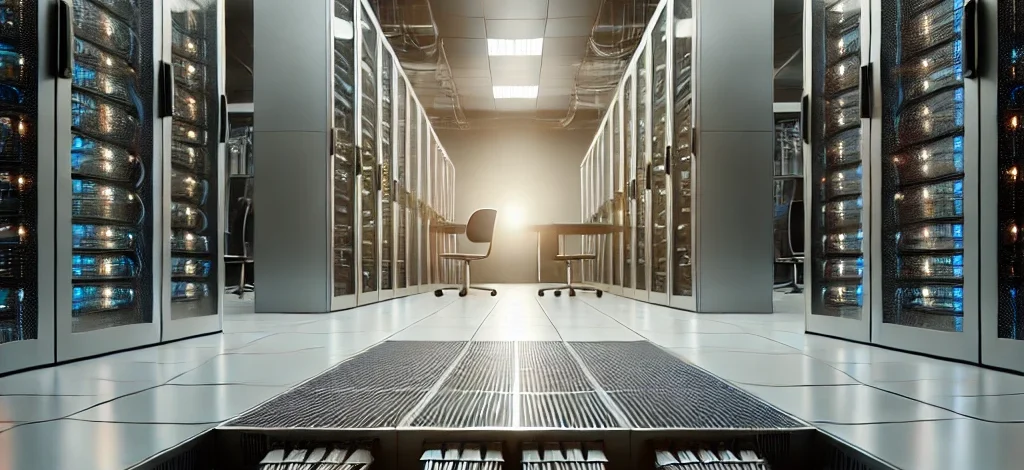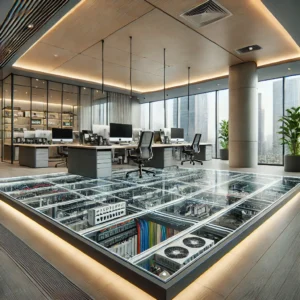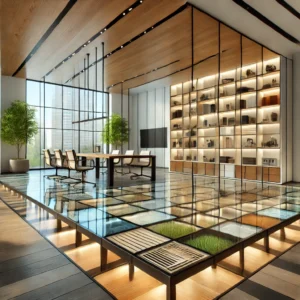Raised Floor Costs in 2025: What You Need to Know Before You Buy
Navigate the evolving world of raised flooring with confidence! “Raised Floor Costs in 2025: What You Need to Know Before You Buy” dives deep into current pricing, key influencing factors, and budgeting strategies for homeowners, builders, and office planners. This guide offers a modern outlook—highlighting material trends, installation expenses, and cost-saving tips—so you can make informed purchases without surprises. Whether you’re renovating an office or upgrading a data center, this resource delivers clarity and reliability, complete with real figures, expert insights, and practical advice to ensure your investment meets both lifestyle and performance goals.
In‑Depth Guide to Raised Floor Costs in 2025: What You Need to Know Before You Buy
As we step into 2025, the raised flooring market is evolving. From new materials and greener production to labor shortages and supply chain delays, pricing trends are shifting—and so are your options. This guide, “Raised Floor Costs in 2025: What You Need to Know Before You Buy,” provides a straight‑talk breakdown of today’s costs, delivering transparency and control over your next flooring investment.
1. Why 2025 Pricing Is Different
Steel and cement panel prices have climbed due to global demand and production costs. Sustainable or recycled-content panels are more accessible—and slightly pricier—offering eco-conscious options. Skilled labor shortages in many regions also influence installation costs. Understanding these trends lets you anticipate final expenses with accuracy.
2. Materials and Their Costs
-
Steel‑core panels: Durable and fire‑resistant—expect $30–$45 per square foot fully installed.
-
Calcium sulfate panels: Less durable but lighter, usually $25–$35/sq ft.
-
Aluminum grids with carpet shafts: Ideal for offices and data centers—around $35–$55/sq ft.
-
Economy options (PVC, MDF): Budget‑friendly at $15–$25/sq ft, but shorter lifespan.
3. What Influences Your Total Cost
-
Material selection: Steel vs. fiber vs. eco‑panels—each has a price and performance profile.
-
Height and grid complexity: More height or custom grids increase framing costs.
-
Sub‑floor prep: Uneven or damaged floors require leveling—can add $3–$8/sq ft.
-
Regional labor rates: Installation costs vary—urban centers command premiums.
-
Extras: Cable trays, airflow options, and grommets each increase the budget.
4. Typical Project Scenarios
-
Office retrofit (1,000 ft²): Steel grid + carpet tile averages $40/sq ft → $40,000 total.
-
Residential basement (500 ft²): PVC panels + self‑install combines to $20/sq ft → $10,000.
-
Data center (5,000 ft²): Heavy‑duty steel panels + airflow grid around $50/sq ft → $250,000.
5. Cost‑Saving Tips
-
Combine materials: Use premium panels in high‑traffic zones and economy ones elsewhere.
-
Bulk order discounts: Larger quantities often secure 5–10% off list price.
-
Bundle services: One contractor for supply + install may lower labor fees.
-
Plan ahead: Lock in prices before market fluctuations drive them up.
6. ROI and Value Factors
Raised flooring extends your space’s versatility—ideal for cabling, airflow, moisture control, and flexible layouts. In office spaces, the ability to reroute data and power lines quickly supports shifting team structures. In homes, it enhances comfort and reduces moisture-related issues. Over time, that adaptability pays dividends in reduced maintenance and improved property value.
7. Getting Accurate Quotes
-
Ask for itemized quotes: Make sure panels, frames, leveling, and accessories are listed separately.
-
Verify height specs: 2″, 4″, or 6″ grids each have distinct costs and purposes.
-
Inspect samples: Compare surface finishes and edge quality in person.
-
Confirm warranties: Premium panels often include 10‑ to 20‑year coverage.
Specifications Table: Raised Floor Costs in 2025: What You Need to Know Before You Buy
| Feature | Details |
|---|---|
| Guide Title | Raised Floor Costs in 2025: What You Need to Know Before You Buy |
| Release Year | 2025 |
| Target Audience | Architects, contractors, office planners, homeowners |
| Core Topics | Market trends, material costs, installation, budgeting |
| Panel Types Covered | Steel, calcium sulfate, aluminum, PVC/MDF |
| Price Range (Installed) | $15–$55 per sq ft |
| Installation Heights | 2″, 4″, 6″ standard options |
| Sub‑floor Preparation | Guidelines & estimated costs |
| Materials Breakdown | Cost, pros/cons, sustainability |
| Labor Cost Factors | Urban vs. rural, skill level |
| Accessories | Airflow tiles, cable grommets, perimeter trims |
| Warranty Details | Up to 20 years |
| ROI Analysis | Case examples and value retention |
| Cost‑Saving Strategies | Volume discounts, mixed materials, bundled services |
| Sample Floor Layouts | Office, data center, residential scenarios |
| Downloadables | Budget calculator, installer checklist |
| Format | PDF/e‑Book |
Product FAQs
-
What is covered in “Raised Floor Costs in 2025”?
A full cost breakdown—materials, installation, labor, accessories—plus real pricing examples and ROI insights. -
Is this guide relevant for small home projects?
Yes! Examples include a 500 ft² basement floor with DIY cost estimates and panel choices. -
Will it help me negotiate with contractors?
Absolutely—it includes tips for itemized quotes, labor-cost benchmarks, and what to ask for. -
Are sustainable materials discussed?
Yes, we highlight recycled-content and eco‑friendly panel options, with cost comparisons and durability stats. -
Do pricing figures reflect global markets?
Costs are U.S.-centric, but tips on adjusting for local markets are included in each section.
Why Choose Raised Floor Costs in 2025: What You Need to Know Before You Buy
-
Timely & updated: Captures current 2025 pricing—no outdated figures.
-
Comprehensive: Covers every stage: material selection, prep, install, accessories, ROI.
-
Practical: Real‑world project breakdowns help you visualize costs.
-
Empowering: Equips you to negotiate, plan, and avoid surprise overages.
-
Visual aids: Designed layouts, budget calculators, and checklists streamline project planning.
Pros and Cons of the Guide
| ✅ Pros | ❌ Cons |
|---|---|
| Includes real-world cost examples for multiple project types | U.S.-focused pricing requires local adjustment guidance only |
| Highlights eco-friendly and budget panel options | Assumes reader has basic renovation knowledge |
| Offers ROI and lifestyle value analysis | No direct contractor directory, so you need to source locally |
| Contains downloadable tools (budget calculator, layouts) | Pricing is current as of mid‑2025—should verify before purchase |
|
|
|
|



